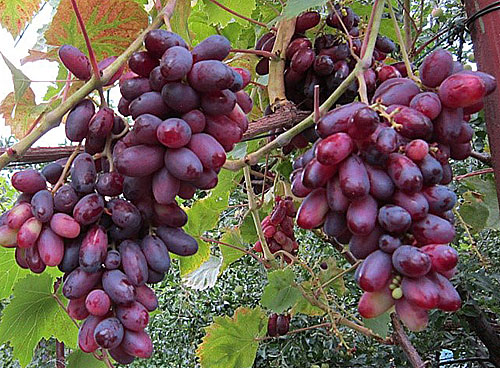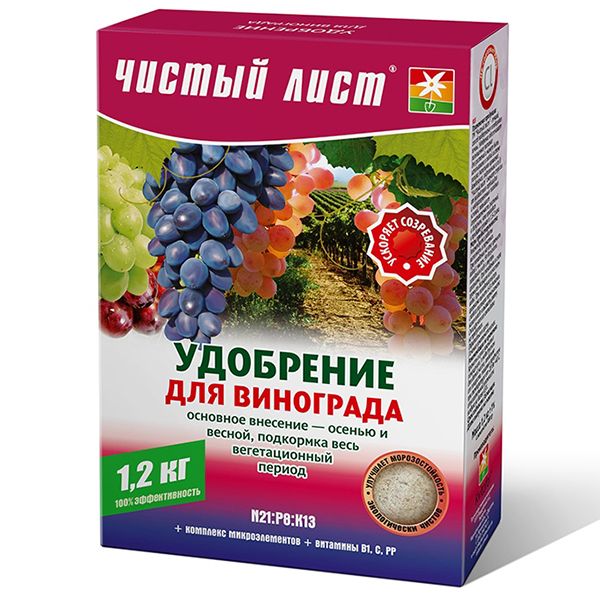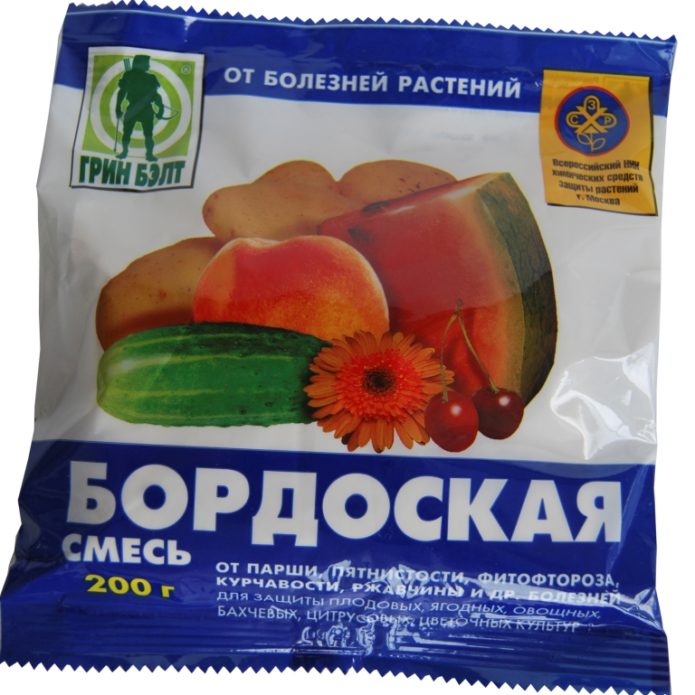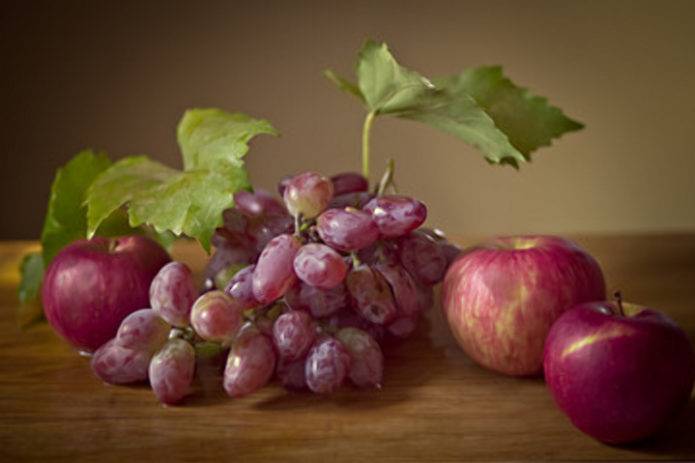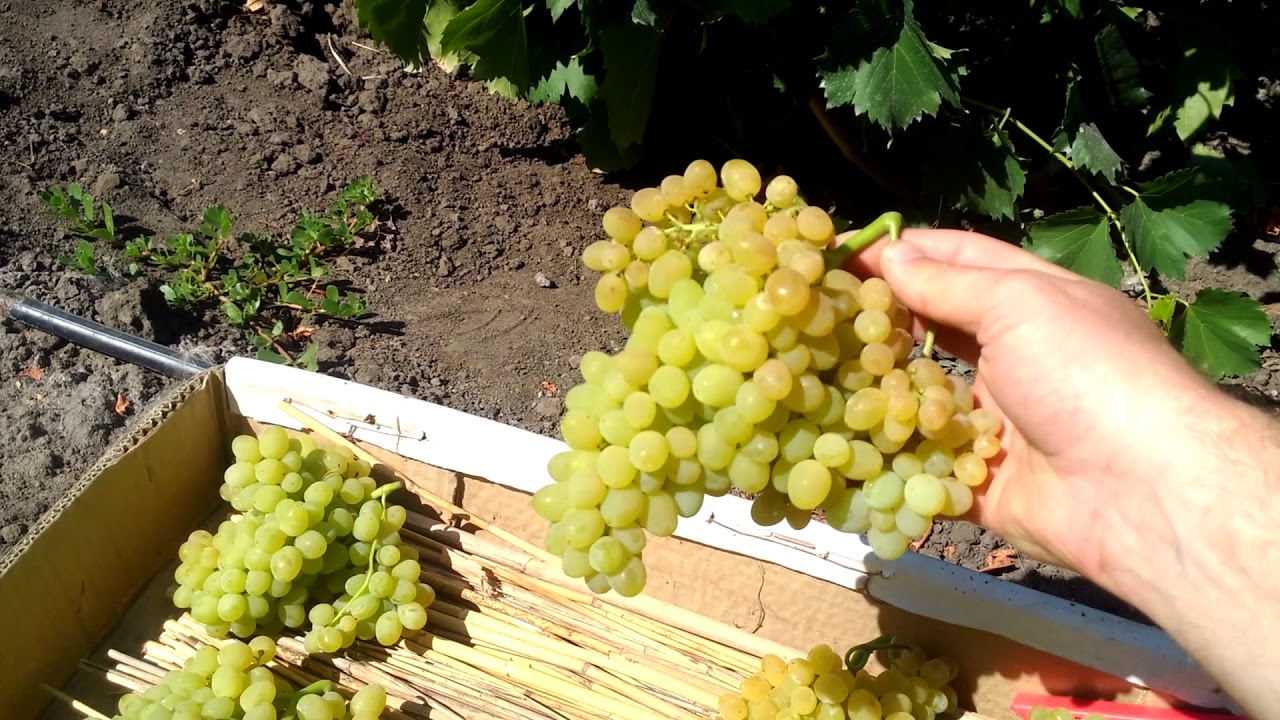Zest is another hybrid form around which gardeners and farmers are actively debating. Some people like the variety, for the sake of its advantages, they are ready to put up with disadvantages and know how to deal with them. Others see too many disadvantages in this grape and are ready to part with it. Whether a variety will become a punishment or a highlight of the garden depends on the dedication of the grower, his skill and, of course, climatic conditions. This hybrid, despite its early ripening period, is a true southerner.
Content
Origin of the hybrid form Zest
The authors of the variety are specialists from the Magarach Research Institute. This grape and wine research center was founded in 1828. Now the administrative buildings of the institute are located in Yalta, and the agrofirm itself is located in the urban-type village of Vilino (Republic of Crimea).
The hybrid form Raisin is obtained by crossing the varieties Cardinal and Chaush. The variety is not included in the Russian State Register and has not yet been zoned for our regions. Today it is successfully grown in Ukraine, Moldova, Azerbaijan, Kazakhstan and southern Russia.
Description of the variety
When choosing seedlings, we are all primarily interested in what the fruits will be. In this respect, few varieties can compete with Raisin. Its berries are attractive, elongated, 3-4 cm long, up to 2 cm in diameter. The color is also pleasing to the eye: bright pink, red, to purple at full maturity. The taste is dessert, some call it ordinary, others talk about the presence of fruity or floral notes.
The peculiarity of the Zest is crispy and juicy pulp. Winegrowers say: when eaten it crunches like a cucumber. The bunches grow in portion sizes - 400–600 g each. Thanks to all these properties, the variety is quickly sold out on the market. It is well stored and transported. But its low yield prevents the Zest from becoming a truly commercial one. Although on the farm this minus is paid off by the opportunity to set a higher price for such a beautiful and tasty grape.
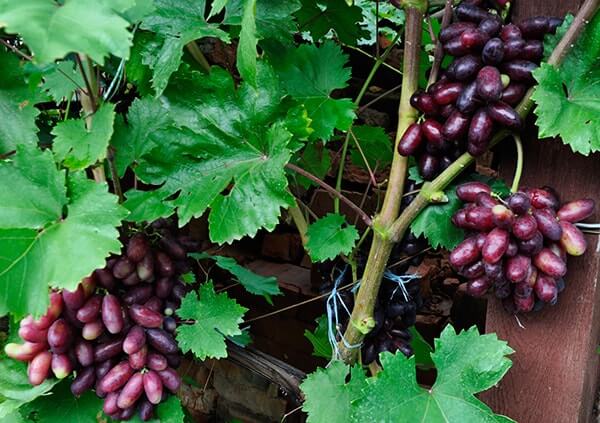
Bunches of grapes Zest are not large, they are not tied on every shoot, therefore the yield of the variety is low
Modest yields are just one of several disadvantages, but the most noticeable. The bushes begin to bear fruit 2-3 years after planting with a seedling. While many varieties give signal clusters the next year. The yield of 3-4-year-old bushes may not exceed 10 kg, but starting from the sixth year it will increase. The reason is that not every shoot of the Raisin is fruitful, so there are often problems with the load of the bush.
Video: about the lack of Raisin - underload
At the same time, the bush grows very powerful, often fattens to the detriment of fruiting. Flowers of the female type, the presence of a nearby pollinator of another variety is necessary. Added to the disadvantages are weak resistance to fungal diseases and low winter hardiness - up to -12 ... -17 ⁰C. These weaknesses of the Zest are not a problem for experienced wine growers of the south, they can easily adjust the agricultural technique. And for beginners, the hybrid form will seem too capricious and complicated.
In addition to the beauty of the berries, the variety has other advantages. The ripening period is very short - 100-110 days. The berries do not crack even after 2-3 rainy days in a row. Fully ripe can hang on vines for a long time, do not deteriorate, but wither, turning into raisins, hence the name. However, there are reviews, according to which, Zest is poorly stored both on the bush and after cutting.
Planting grapes Zest
The bush of this variety grows large, spreading. To give a good load, in the future you will have to leave long vines, so the planting pattern should be at least 1.5x3 m.If you plan to settle Raisin in your vineyard for many years, and not for testing, then leave between the bushes in a row of 3 meters. The size of the planting pit depends on the structure and fertility of the soil:
- on poor clay and sandy - 90x90 cm;
- on loamy, sandy loam - 60x60 cm;
- on black soil, it is enough to dig a hole according to the size of the roots.
Drainage in the planting pit is needed only on clay soils that do not absorb water well. On all other soils, especially on sandy ones, it is useless.
Video: grape planting tricks
Large planting holes are traditionally filled with humus or other organic matter mixed with wood ash (up to 1 kg per bush) by one third or one half. Instead of ash, you can add 40 g of superphosphate and 25 g of potassium sulfate. A layer of ordinary earth is made over the nutrient cushion and grapes are planted. Saplings of grapes grown in a covering form are deepened to the first lateral branch. Wells are well watered and mulched.
Care features
The variety requires non-standard care. Only watering remains traditional. The ideal option is to lay a drip system. If this is not possible, then irrigate the vineyard once a month, but abundantly, soaking the soil layer to a depth of 1 m. Keep the soil under mulch, which prevents moisture evaporation and protects the roots from daily temperature extremes. Stop watering at the start of coloring the berries. In the fall, you need good water-charging irrigation.

So that the water does not spread during irrigation, but goes to the roots, trenches are dug along the bush
A powerful bush requires top dressing, but nitrogen, which provokes the growth of shoots, must be minimized. It is enough early in the spring, as soon as the ground thaws, or late in the fall, scatter 1-2 buckets of humus under the bush and mix with the top layer of soil. During the budding period, give a fertilizing containing potassium, phosphorus and trace elements. You can buy a ready-made mixture for grapes (Clean sheet, Fertika, etc.) or use ash (2 glasses under a bush), dust the earth with it, loosen it and water it. Repeat feeding during flowering and at the beginning of berry growth. In the fall, under the bush, add 1.5 tbsp. l. superphosphate and potassium sulfate.
The most difficult, but also creative work in growing a Raisin is its formation. You yourself must experimentally find out: how many shoots and bunches you need to leave on this unpredictable and vigorous grape. There are only general recommendations:
- In the first year after planting, do not cut the bush at all, leave the shoots to the maximum.Any trimming of the Raisin leads to an even more active growth of the green mass.
- Form sleeves closer to the ground for a comfortable shelter for the winter. Even in the southern regions and countries, this delicate variety freezes under an uncovered form.
- Vines form long, with a large number of eyes. There is a cultivation experience in which more than 200 shoots were left, and after the removal of sterile ones - 60, each with 1-2 bunches. Zest copes with such a load with dignity.
Video: Raisin bush with a load of 60 fruiting shoots
Disease resistance will soon cease to be a serious disadvantage and alarming winegrowers. Today, many modern and effective fungicides are produced (Topaz, Skor, Ridomil, Arcerid, HOM, etc.), old ones, for example, Bordeaux liquid (1% by leaves), also help well. The highlight is sick only in those winegrowers who forget to carry out preventive treatments. Usually any grapes are sprayed twice: on the blossoming leaves and again after 10-14 days.
It is unlikely that after a high-quality spraying with a proven fungicide, signs of disease will appear on the bushes, but if this happens, then treat it a third time before flowering or immediately after it. Patients pouring and cut off and burn shoots. The owners of Izuminka say that in dry years this variety can not be processed at all, it does not get sick.
In autumn, when the leaves are withered, be sure to remove the vines from the trellises and lay them on the ground. Cover with reeds, hay, spruce branches or other breathable materials to protect against frost. Many gardeners cover the grapes with burlap, and sprinkle them with earth on top. And so that moisture does not get inside the shelter, the shoots do not rot and do not snot, build on top a kind of tunnel or hut made of film, roofing material, slate, etc.
Harvesting and using the crop
Zest - table grapes, will replenish your diet with vitamins and microelements contained in fresh berries. Nutritional value of this grade: 16-18% sugars and 4-5 g / dm³ of organic acids.
The grapes can be stored fresh in the attic or in the basement at a temperature not exceeding +4 ⁰C, and can also be frozen and dried. However, there are seeds inside the fruit, so it is better to choose other varieties for making raisins. If you grow a Zest for the market or plan to transport and store it, then cut off the bunches, trying not to damage the wax coating on the berries.
Video: the first harvest from young grape bushes Zest
Advantages and disadvantages of the variety (table)
| Advantages | disadvantages |
| Early ripening | Low yield |
| Beautiful and tasty berries | Low frost resistance, grown only in covering form |
| Good keeping quality and transportability | Needs a pollinator variety |
| Not prone to cracking berries | Disease Resistant |
| A strong bush takes up a lot of space on the site | |
| Not every shoot is fruitful, which causes problems with the load of the bush |
Winegrowers reviews
According to Zest: the yield is really not high (to put it mildly), not only that not all shoots are fruitful, so for the fruit. the shoot is only 1-2 inflorescences (at least for two fruiting, I have not seen it again). BUT!!! If you are not a businessman, but for yourself, then it is worth planting. The taste is very good, the flesh is crunchy and, most importantly, the delicious look of the berries. Consider that the "toad" has already come to the neighbors
I want to stand up for Zest! On our site, it behaves, one might say, approximately. Even for diseases with 1–2 spraying (more often we do not have time) it is almost pure. Her growth strength is higher than average, I would even say strong. Brushes 500–600, we do not ration, the feeling that she copes with this on her own. And that the yield is lower in comparison with others, it pays off more than the price on the market, even torn berries are harvested!
For a zest I fought for a long time. Either the mice ate the bush, or did not want to grow. Finally, it grew last season, but did not produce a single bunch. I threatened her that I would vaccinate her, so she did her best this year: she gave out two bunches to escape, though she caught oidium, but that was my fault. Everything is ripe, everything is sold on September 5th.
The highlight is the Magarach variety, after looking at its declared characteristics I planted several bushes. But we did not have normal clusters on the main crop (for four seasons) - peas. The bunches on the stepchildren are beautiful and even. The growth force is enormous - constantly fattening due to underload , so the second time I’m not my stepson.
The zest is a complex but interesting grape to grow. The variety is very much loved by wine growers-naturalists. After all, this is a huge incentive to achieve what others could not. Namely: a large crop with a hybrid form, which has already established a reputation for poor harvest. If you find an approach to Zest, then it will not disappoint you, but will pamper you with beautiful and tasty berries, the number of bunches will only increase every year.

